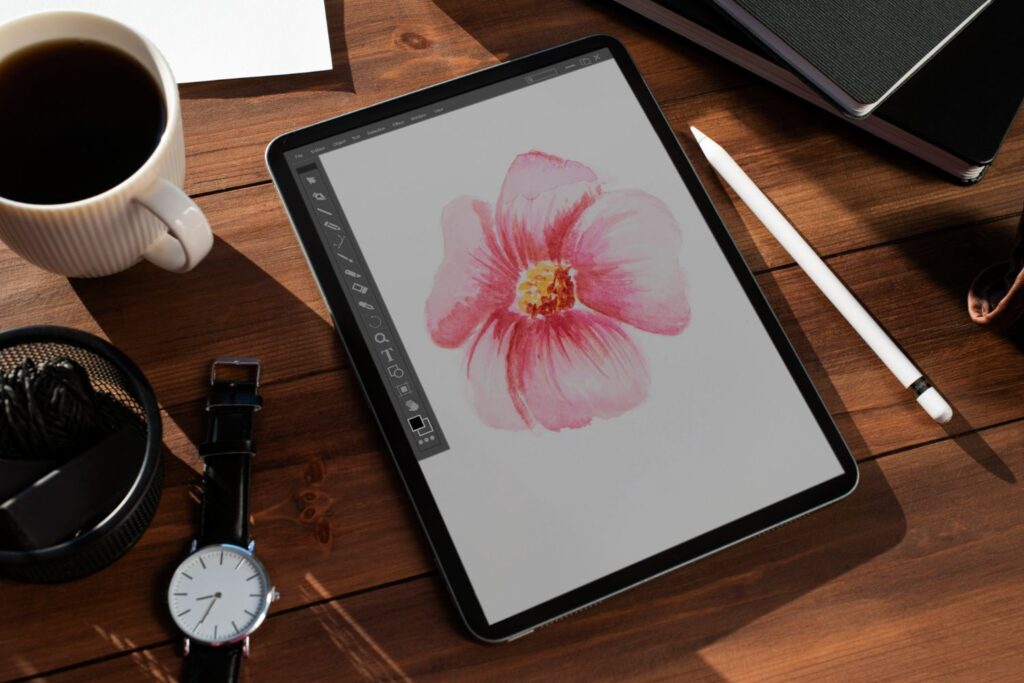In this article, we will explore the arguments that claim why digital art is not real art and why this belief is outdated and should be reconsidered. Delving into the essence of the art world, artistic mediums, and various perspectives on digital art, this article will serve as a definitive guide to debunking misconceptions regarding the legitimacy of digital art.
Introduction: Traditional vs. Digital Art
Traditional art has undoubtedly been the foundation on which our contemporary appreciation for art is built. Over time, the evolution of technology has given birth to a new and innovative way of creating art – digital art. With advancements in technology, creativity has taken a new form, and digital art has found its place among the artistic community. However, there are still those who cling to the belief that digital art is not real art.
Argument #1: Digital Art Lacks the “Human Touch”
One argument against digital art is that it lacks the “human touch” because artists use technology to create their masterpieces instead of traditional mediums like paint or clay. However, the skill and talent required to create digital art are much like any traditional art form. Just as a painter holds a brush, a digital artist uses a stylus or a mouse to create their works, both of which involve manual dexterity and individual style.
Argument #2: Replicability Diminishes the Value of Digital Art
Another common criticism of digital art is that it can be easily replicated, thus reducing its authenticity and value. While reproducibility is a factor to consider, it is essential to bear in mind that originality and uniqueness can still be found in the concept, composition, and expression put forth by the digital artist. Digital works are often created with stringent copyright and usage restrictions, ensuring that the artist’s work is protected and valued.
Argument #3: Digital Art Relies on Ready-Made Tools and Templates
Critics of digital art argue that it relies heavily on readymade tools and templates, which dampens creativity and originality. However, traditional artists also make use of a variety of tools such as brushes, pencils, and erasers. The primary difference lies in the medium, not the tools themselves. Digital art enables artists to explore new possibilities and techniques, expanding their creative potential by using the ever-expanding digital toolbox.
Conclusion: Redefining Art in a Digital World
As the world continues to evolve and progress, our perspectives and definitions of art should also be allowed the same growth. To dismiss digital art as not real art based on a comparison with traditional forms is to overlook the value and creative potential it brings to the artistic community. As art is subjective, it is crucial to embrace the beauty of digital art and recognize it as a legitimate and innovative medium that has earned its place within the realm of real art.


